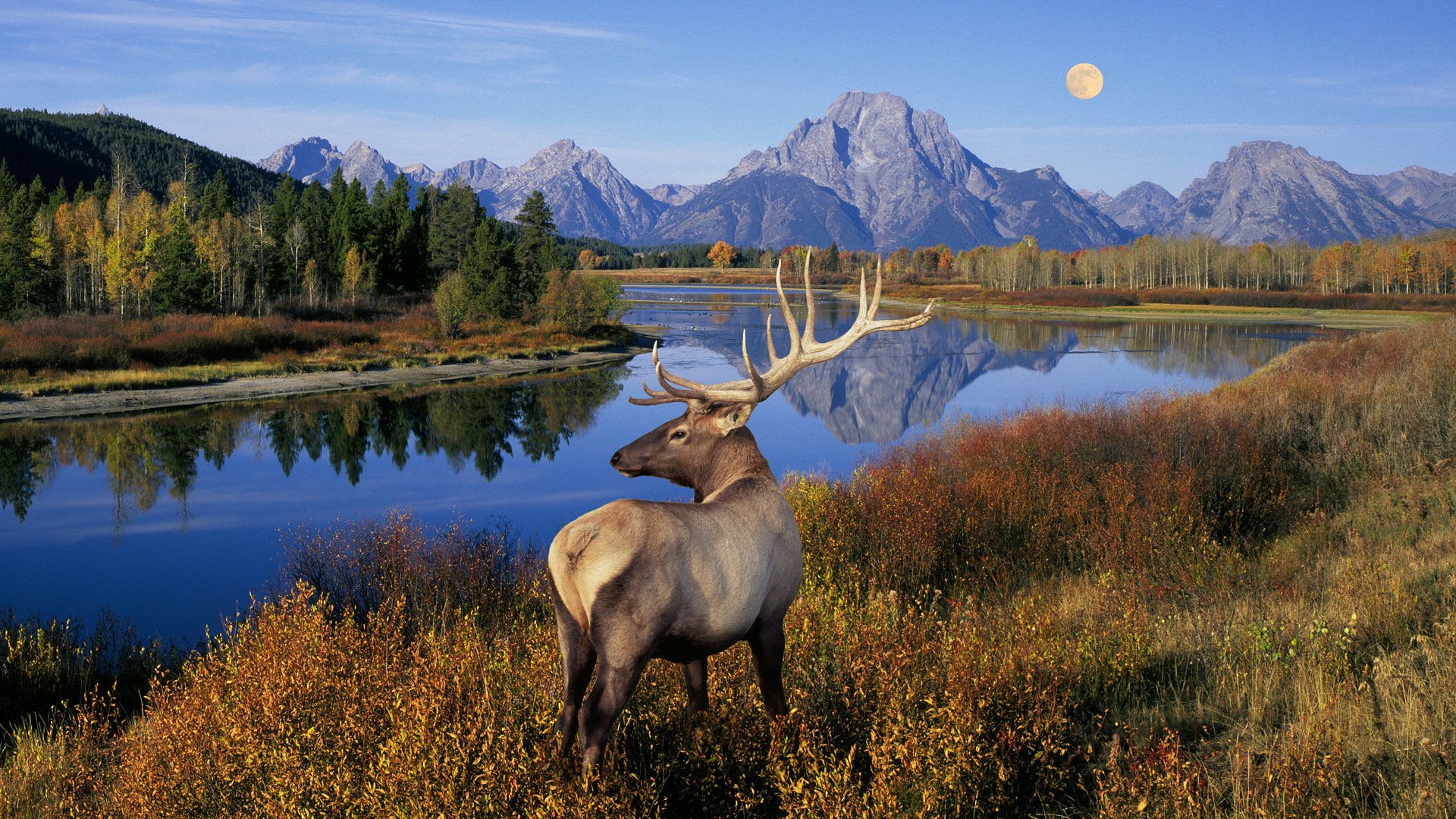
After studying female elk over a period of seven years, researchers from the University of Alberta found that they adapt to become “bulletproof” to hunters as they get older in a remarkable illustration of survival of the fittest in action.
University of Alberta biologist Mark Boyce remarked that the elk learn to be shy, hunkering down deep in the forest and staying in terrain that is more rugged. Such behaviors have proven to be very effective ways to survive in areas where there is a lot of hunting. The researchers found that the elk grow increasingly adept at avoiding hunters as each hunting season progresses, and they believe they learn from their mistakes when an elk in their group is killed in front of them.
Together with two former post-doctoral fellows, Boyce used GPS radio collars to keep track of the elk in southeastern British Columbia and southwestern Alberta. They chose the area because human hunting is considered the biggest source of elk mortality by a wide margin there, and hunting is generally allowed throughout the region. The scientists kept track of data including distance traveled, the ruggedness of the terrain, and the forest cover.
Boyce noted that the elk that move the most and act the most aggressively tend to bolt out into the open, thereby causing them to get killed at higher rates. However, elk tend to grow more timid and savvier as they age. Boyce identified 10 as a magical age because the female elk tend to become essentially bulletproof at this point and are “invulnerable to hunting.”
He said that conservation strategies and wildlife management appear to be effective as elk have gone from being nearly eradicated a century ago to being abundant right now.
In Alberta, most male elk don’t see past their fifth birthday thanks to their bold behavior and a preference among hunters there for bull elk. However, some of the elk in the study lived to be 20, while one was even 23 years old.
Elk act differently depending on whether it's bow or rifle hunting season
In addition to becoming adept at avoiding hunters in general, the elk were even smart enough to know the difference between rifle and bow hunting season and adapt their behavior accordingly. For example, they used rugged terrain more often during bow hunting season, likely because bow hunters must stalk them closely and being on slopes makes this more challenging. The older female elk even starting using safer grounds like rugged terrain more often when they were near streets and therefore far more likely to be spotted by hunters.
Among the elk that were studied, nearly half of the males and a fifth of the females were shot by hunters, while less than five percent died at the hands of natural predators like wolves or cougars.
The intelligent adaption of these female elk is a great example of nature attempting to protect itself when humans interfere with it, and it’s great to see this type of adaptation in a world where humans are increasingly meddling with the natural course of our world. As we continue to try to "outsmart" nature by genetically modifying crops and genetically engineering babies, it's good to see animals outsmarting people who want to kill them for sport.
Sources include:
Please contact us for more information.























